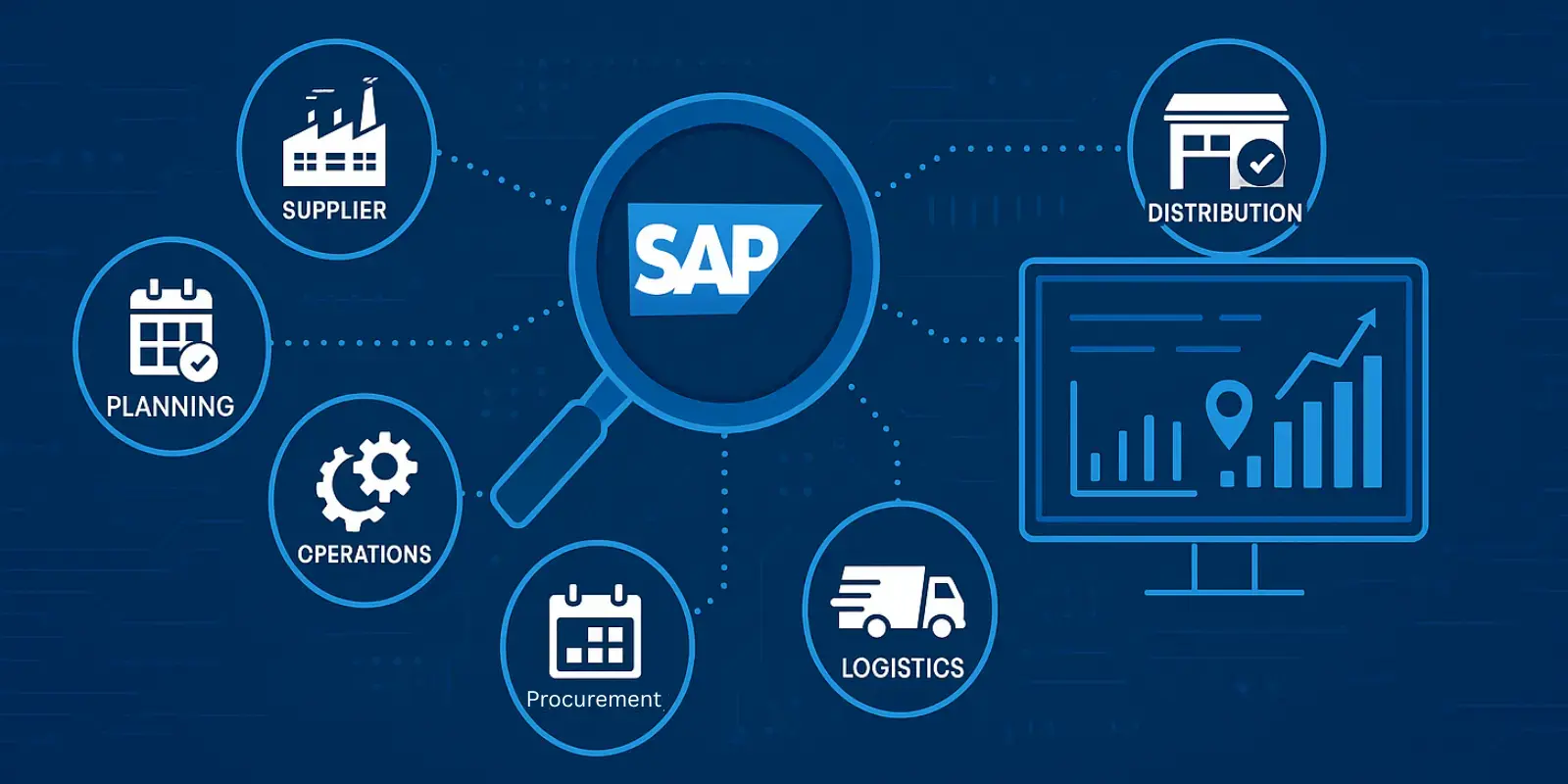The gaps and incompetence in the global supply chains are now being exposed as the COVID-19 pandemic and the subsequent economic lockdown pile the pressure on manufacturing, consumer goods, and logistics companies. The urge for improved visibility, automation and provenance through blockchain has never been so high.
As governments are trying to contain the spread of Coronavirus, industries are struggling to mitigate the impact of the global health crisis on their supply chains. According to recent studies, the COVID-19 has affected the supply chains of 94% of the Fortune 1000 companies. Even businesses considered to be supply chain and technology leaders are struggling now. Apple is unable to receive the next batch of iPhones, and Tesla has temporarily shut down its Chinese factory.
When things go wrong, they do go very badly — and the cumulative effects can cause havoc globally. Crisis such as COVID-19 gives the opportunity to think outside the box and become more robust and sustainable. Implementation of 'Blockchain' technology in supply chain management may be the solution to many of the problems being faced by global businesses.
Why Blockchain for Supply Chain?
There is a crying demand for a systematic approach to organize data in supply chains in a trusted way, and that can help create tools for assessing risk and mitigating disruptions. Initially developed to support the Bitcoin cryptocurrency, Blockchain, in essence, is a distributed ledger, in which the transaction details are shared with multiple systems instead of being stored in one central location. Greater visibility of transactions provides transparency and security. Once information is uploaded on a blockchain, it cannot be edited, assuring immutability and trust. This becomes the foundation of a trustworthy digital supply chain.
Visibility
Blockchain-based supply chains bring all the shareholders to the same network, simplifying the complex system and providing visibility in each step of the process. Companies can see all layers of suppliers and subcontractors, their locations, production capacity etc. This, in turn allows them efficiently mitigate their risks, simulate scenarios, and take preventive measures. This also helps businesses fast-track their responses in the rapidly-changing market situations.
Digitization
A primary challenge of global trade is its incapability to function in the absence of physical interactions, which arises from the lack of complete digitization of several documents and processes across supply chains. The human layer of interactions gives the trust required for these documents and processes. Individuals, organizations, countries and the whole world should adopt measures to augment their existing digital capabilities for supply chains with trust — trust that is not a function of relationships, physical contact or some other old means. Blockchain is the best-suited technology to help businesses leapfrog to trusted digital supply chains.
Areas Blockchain Can Help:
- Verify History and Record of Suppliers: An original equipment manufacturer (OEM) product can have components or services from multiple of vendors or suppliers, and an effective failure monitoring system must look deep into the supply chain. Each layer must be closely scrutinized and processes put in place to ensure accuracy of reports. Most of the OEMs rely on a core group of suppliers to ensure the integrity of their products. Such suppliers are often listed on an approved vendor list. This list is constantly evaluated, with new players added and older ones removed as necessary.
- Stay Up to date with Rules and Regulations: Environmental and other compliance requirements have expanded in recent years and across multiple geographies. Failure to comply with these regulations or the U.S.-driven regulations on 'conflict minerals' can result in product recalls.
- Enable Tighter Collaboration Between Distributors, Suppliers and OEMs: All divisions of the supply chain must work tightly collectively to avoid product recalls, but harmonizing the relationship is the main task of an OEM.
- Secure the Shipment: Some product recalls take place because of damage suffered post-production rather than as a result of defects in parts or problems on the manufacturing floor.




